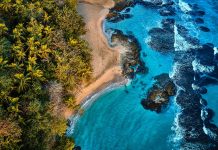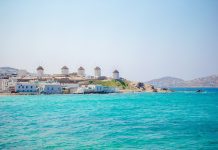From the 19th of September, Lonesome George is more accompanied than ever. Remember the story of this old buddy, right? Our George was the last giant tortoise, species that became extinct owing directly to human actions. He died two years ago, in 2012, as lonely as his name says; they tried to find a female mate for him but, although they produced some eggs, none of them hatched. It was a race against time that, finally, this last one won.
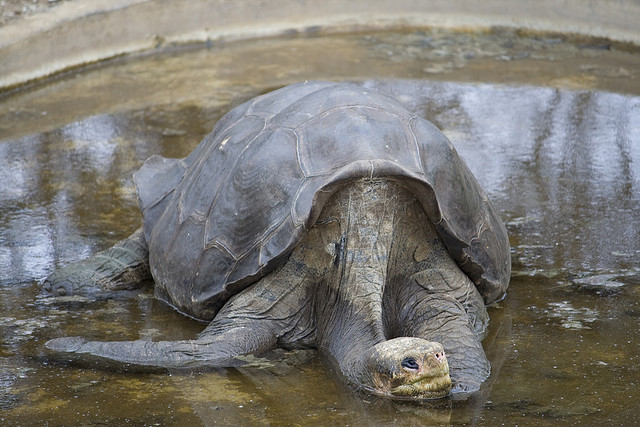
After this previous sad paragraph, let me give you some relieving good news. First, about 17 hybrid relatives of this symphatetic chelonian were found in another island 50km away from Pinta Island, home of George. Second, that after his death a team of experts in taxidermy preserved the body to be exhibited at the American Museum of Natural History in New York! This exhibition will provide an opportunity for both residents and visitors, all proud fans of George, to see the famous tortoise of Ecuador until the 4th of January of 2015. Afterwards, he’ll return to his country of origin… but who knows where we’ll see him again! After all, Lonesome George is a rock star, isn’t he? Why not sending him on a world tour?
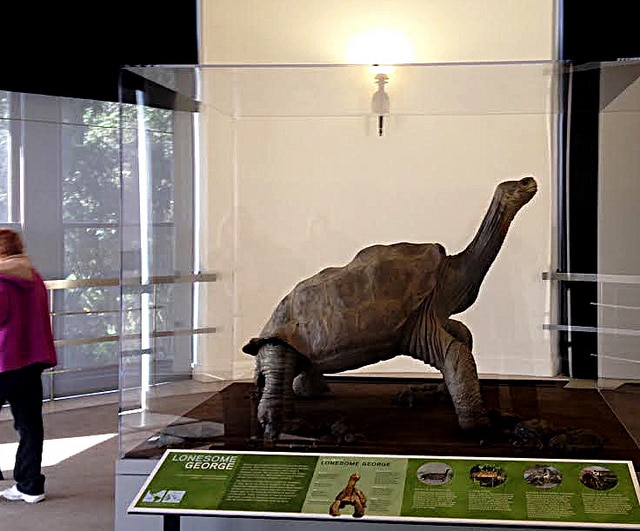
Definitely, with its 165 pounds and 5 feet long, this tortoise (belonging to the Chelonoidis abingdonii species) is a symbol of ecological diversity and the Ecuadorian national heritage. That’s why the arrival of Lonesome George to the different countries would involve a call for the conservation of endangered species. Also, now it’s not doable to send him back to his home cause there’s not any suitable place in Galapagos to preserve his body in the best conditions and necessary requirements; that’s why it’d be wise to send him on a tour to the best museums of the world, so his fans can open their arms and hearts to him when he visits their cities (avoiding a long trip to America) while generating some money to build the adequate house where he’d rest last, in Pinta Island.
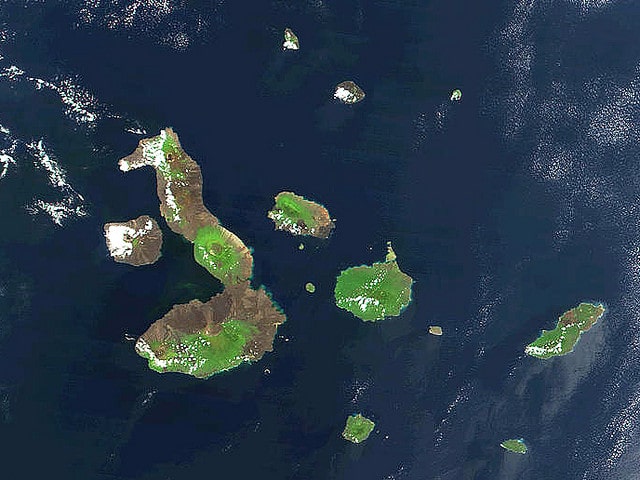
Since the discovery of George in 1971, a great surprise to the scientific community, he hasn’t been aware of his talent: with his message, he was capable of communicating the conservation message with more dignity and power than most humans. I think we have an ethical obligation to allow him to continue his work. He should go where he can do the most good. Rest in peace and continue your way, our beloved friend.

Photos: Helen Flynn, Off line for a couple of days with house guests, Sandrino and Matt Brown


